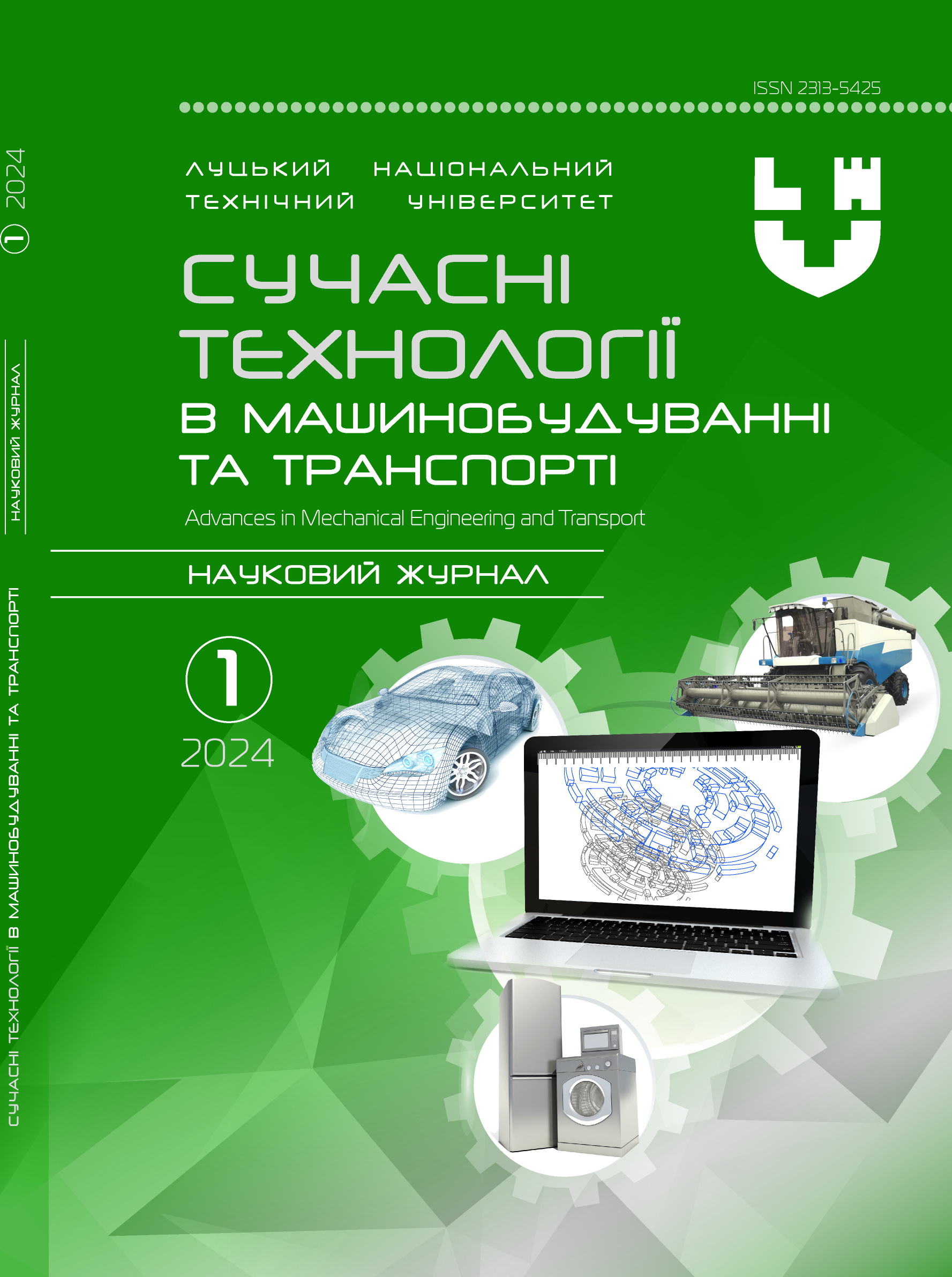Research on the feasibility of using electric buses on bus and trolleybus routes in cities
Abstract
The possibilities and cost-effectiveness of using different types of vehicles with electric power plants and internal combustion engines, which can work on urban passenger transportation routes with a complete or partial absence of a contact network, are analyzed.
The costs of operating the Bohdan E7014 electric bus were compared; trolleybus PTS T12309; buses MAZ 203 with diesel and gas; PTS-T12 self-propelled trolleybus.
Total costs for: fuel and electricity for movement were estimated; depreciation of vehicles and traction battery; additional construction and maintenance of contact and cable network and traction substations; salaries of workers in maintenance and repair of rolling stock and drivers; operating materials and tires.
It is shown that vehicles with electric traction are more economical in terms of energy costs. But in terms of total costs, the electric bus turned out to be the most expensive due to its higher cost. The cheapest to operate is a gas bus.
If the share of autonomous driving is less than 50%, a trolleybus with autonomous driving is more profitable than a diesel bus.
With the existing ratio of the costs of individual components of operation, the completion of an additional trolleybus line for the use of a conventional trolleybus can be more profitable than the use of a diesel bus with an autonomous operation of up to 25%, and more profitable than the use of an electric bus up to approximately 45% of an autonomous operation. But with all options, the most economical is the use of a gas bus, then a trolleybus with autonomous operation.
The replacement of buses with electric buses at the moment looks problematic due to the lack of the necessary electric power and charging infrastructure in bus fleets. But there is a surplus of electric power and infrastructure in trolleybus parks. Therefore, an alternative to an electric bus is the use of trolleybuses with autonomous operation, which have traction batteries of a much smaller capacity, and which can be charged while driving. It is expedient to organize such a replacement, especially where trolleybus routes partially coincide with bus routes.
Keywords: electric bus, bus, electric charging infrastructure, trolleybus, autonomous drive, traction battery, operating costs, choice.




